The winding journey humans took out of Africa 80,000 years ago: Incredible map reveals the lush corridor-route early migrants took as they headed for Eurasia
>
This stunning map reveals the newly discovered route that early humans took when they left Africa for Eurasia 80,000 years ago.
Scientists have long believed that when sea levels were low, Homo sapiens used a southern crossing across the Red Sea from the Horn of Africa, to reach southwestern Arabia.
But a new study suggests there is another “inhabited” corridor to the north.
This was the only land route from Africa to Eurasia, and hunters and gatherers saw it followed A fertile “corridor” of rivers across the Sinai Peninsula and across the Levant towards western Asia and northern Arabia via Jordan.
Researchers from the University of Southampton said many of these rivers have since dried up in areas that are now desert lands, but the discovery of abandoned hand tools helped prove the use of the “well-watered corridor”.
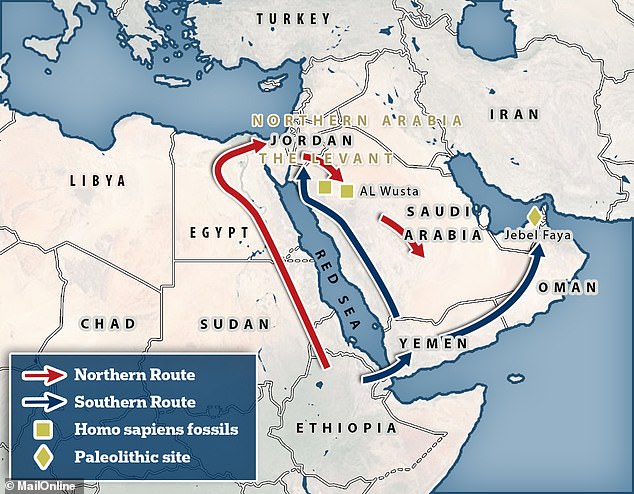
This stunning map reveals the newly discovered route that early humans took when they left Africa for Eurasia 80,000 years ago. Scientists have long believed that when sea levels were low, Homo sapiens used a southern crossing across the Red Sea from the Horn of Africa, to reach southwestern Arabia. But a new study suggests there is another corridor to the north
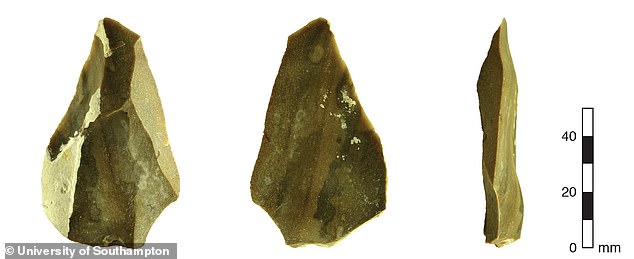
AMAZING: The discovery of abandoned hand tools (pictured) has helped prove that the ‘well-watered lane’ as used
Research in the Arabian Peninsula has previously indicated that the once green land route was preferred for early humans to travel northward.
But it took field work in Jordan’s Rift Valley to reinforce and confirm the theory.
Archaeologists have been able to discover hand tools, known as flakes, at the edge of valleys – now dried river channels that were filled with water tens of thousands of years ago.
They then set about determining the age of the sediments in which the tools were buried tens of thousands of years ago.
To do this, scientists used luminescence dating techniques to estimate how long it had been since the sediment was last exposed to light.
Their findings showed that the tools were likely in use about 84,000 years ago, before being abandoned on the banks of valleys and eventually covered up over time.
It is known that modern humans evolved in Africa between 300,000 and 200,000 years ago before migrating outside the continent in several stages to Asia and then Europe.
“It has long been thought that when sea levels were low, humans used a southern crossing, across the Red Sea from the Horn of Africa, to reach southwest Arabia,” said Paul Carling, professor of geomorphology at the University of Southampton. .
“However, our study confirms that there was a paved passage to the north, via the only land route from Africa to Eurasia.
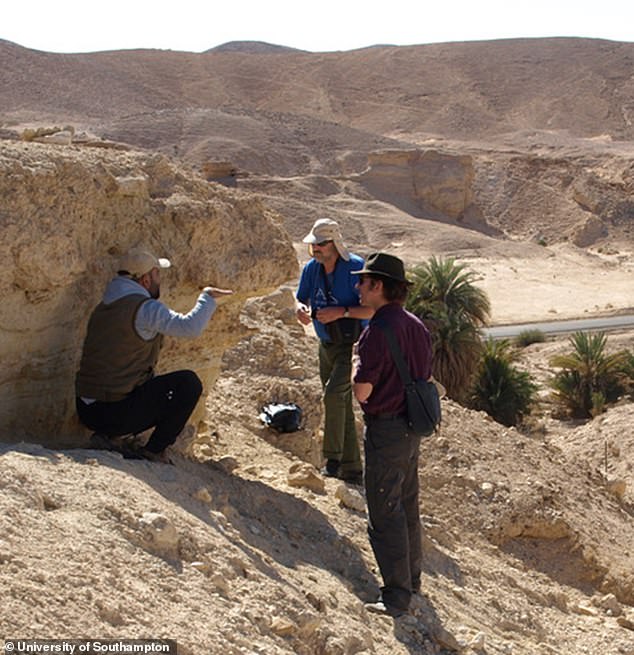
A changing face of the planet: Many of these rivers have since dried up in areas that are now desert lands, researchers from the University of Southampton said.
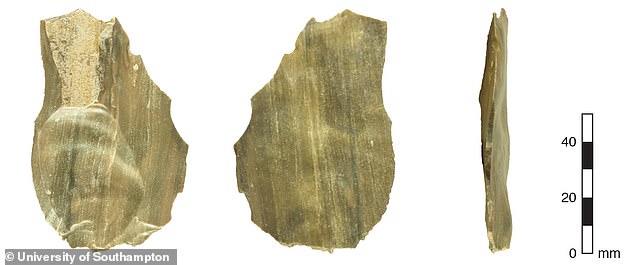
Cunning: Archaeologists have been able to discover hand tools, known as flakes, at the edge of valleys – now dried river channels that were filled with water tens of thousands of years ago.
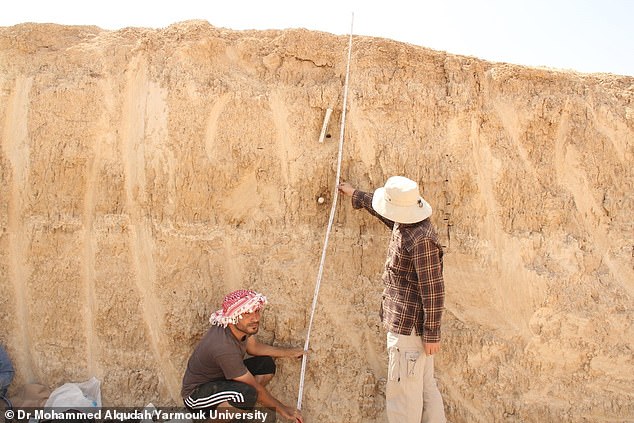
Analysis: Modern humans evolved in Africa between 300,000 and 200,000 years ago and spread outside the continent in several stages to then inhabit Asia and then Europe.
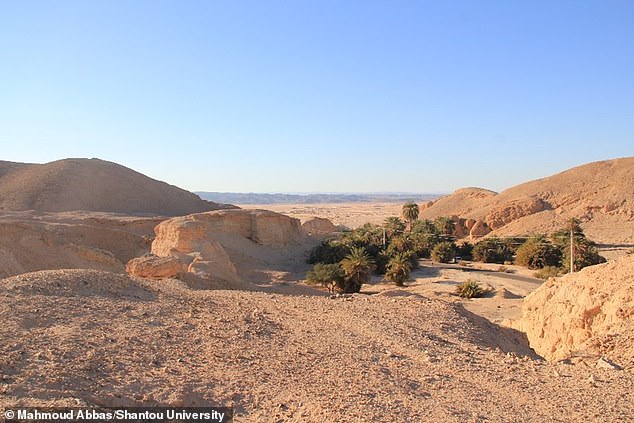
Theory: Research in the Arabian Peninsula previously indicated that the once-green land route that is now desert (pictured) was favored by early humans traveling northward
Newly published evidence is a key piece of the puzzle explaining how humans migrated using the northern route – using small wetland areas as bases while hunting abundant wildlife in drier grasslands.
“Although previous studies looked at large lakes as potential watering grounds, in fact small wetlands were very important as staging points during migration.”
Dr Mahmoud Abbas, lead author of the study from Shantou University in China, said: “The Levant served as a well-watered corridor for modern humans to spread out of Africa during the last Ice Age, and we have now proven that this was the case in the last Ice Age.” The Jordanian Rift Valley region.
“Paleohydrological evidence from the Jordanian Desert enhances our understanding of the ecological environment at that time.
“Instead of dry desert, savanna grasslands would have provided the resources humans desperately needed to survive as they journeyed from Africa to southwest Asia and beyond.”
The new study was published in the journal Advancement of science.
(Tags for translation) Daily Mail
